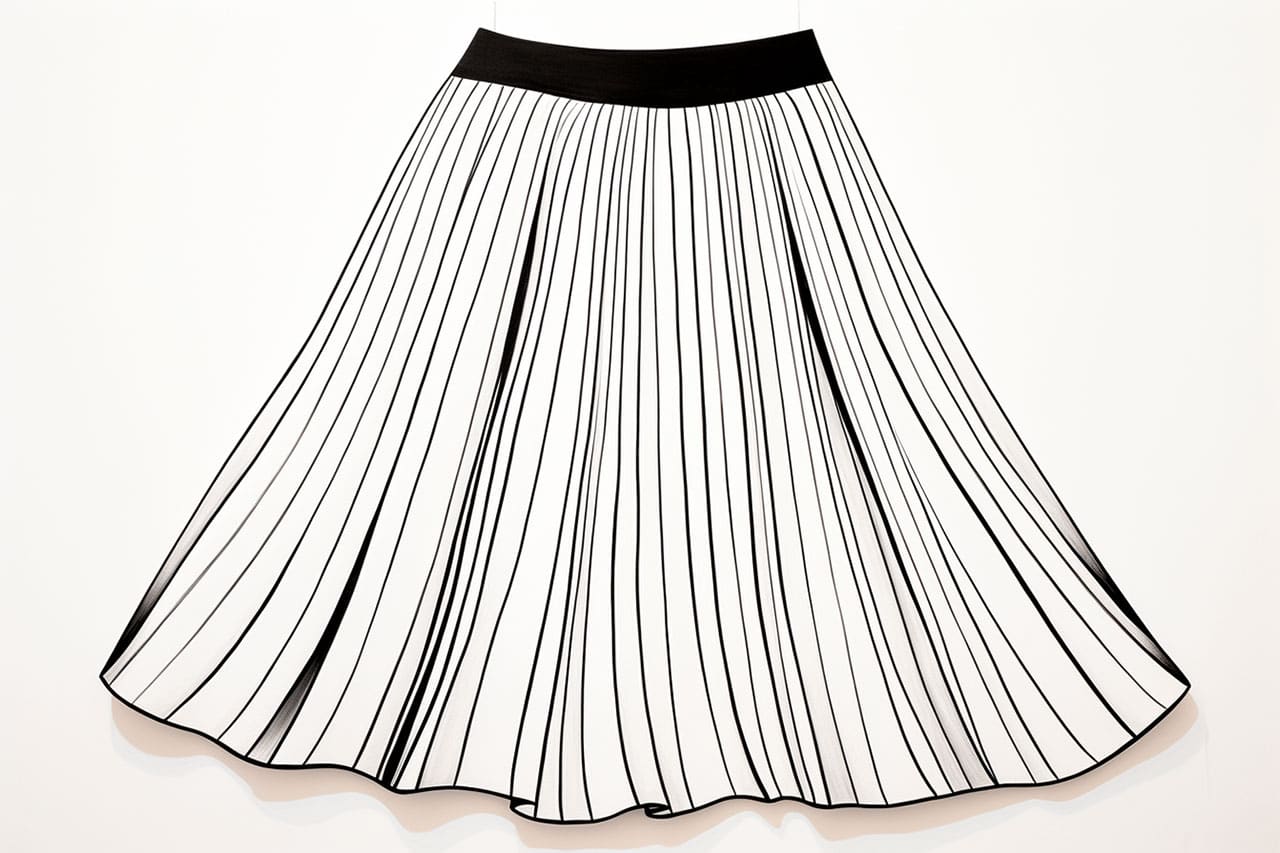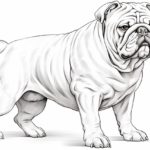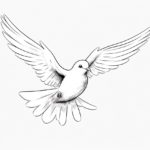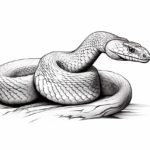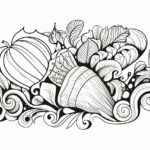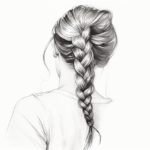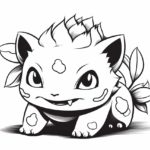If you are an artist looking to delve into the world of fashion illustration, learning how to draw clothing items such as skirts is essential. Skirts come in various styles, shapes, and lengths, making them a versatile and fun piece to depict in your artwork. In this step-by-step guide, we will explore the process of how to draw a skirt, providing clear and concise instructions to help you master this fundamental skill.
Materials Required
Before we begin, let’s gather the materials you will need to draw a skirt:
- Pencil: Use a graphite pencil with a range of softness to achieve varying line thickness.
- Paper: Opt for a smooth paper that allows your pencil to glide easily. A sketch pad or drawing paper will suffice.
- Eraser: Have a good quality eraser on hand to correct any mistakes or make necessary adjustments.
- Ruler: A ruler is handy for drawing straight lines and measuring proportions accurately.
- Reference Images: Collect some reference images of skirts to inspire and guide your drawing process.
Now that we have all our materials ready, let’s dive into the step-by-step instructions.
Step 1: Sketch the Waistband
Start by drawing a horizontal line across your paper. This will serve as the waistline. Using your ruler, measure the desired width of the waistband and draw another parallel line slightly above the waistline.
Step 2: Outline the Skirt Shape
From the bottom of the waistband, draw two lines extending downwards, curving slightly outwards to represent the sides of the skirt. Consider the style of skirt you want to depict, whether it’s a flowy A-line, a pencil skirt, or a pleated design, and adjust the shape accordingly.
Step 3: Add the Hemline
Sketch a curved line at the bottom of the skirt, following the shape you established. This line represents the hemline of the skirt. The hemline can vary depending on the style of the skirt, so refer to your reference images to ensure accuracy.
Step 4: Determine the Skirt Length
Decide how long you want the skirt to be and mark the desired length with a horizontal line starting from the waistband and extending downwards. This line will act as a guide when adding details later on.
Step 5: Refine the Waistband
To add detail and dimension to the waistband, draw small lines perpendicular to it, indicating the folds or pleats. These lines should be evenly spaced and extend from one edge of the waistband to the other.
Step 6: Define the Skirt’s Structure and Appearance
Consider the fabric and style of the skirt you are drawing. Is it a flowing skirt with soft, draping folds? Or is it a more structured, tailored skirt? Use light, curved lines to indicate folds and shaping, enhancing the overall appearance of the skirt.
Step 7: Add Additional Details
Now it’s time to add any desired details to make your sketch more realistic. Depending on the style of the skirt, you may want to incorporate elements such as buttons, pockets, or pleats. Take your time and pay attention to the small intricacies that make each skirt unique.
Step 8: Erase Unnecessary Lines
Carefully erase any unnecessary construction lines or overlapping areas, ensuring your sketch appears clean and polished. Be cautious not to erase any essential details or guidelines that you need for proportion and reference.
Step 9: Shade and Texture
To bring your skirt to life, add shading and texture to create depth and realism. Observe how the light falls on the fabric and use your pencil to create variations of value, adding shadows and highlights where needed. This step will make your drawing more three-dimensional and visually engaging.
Step 10: Finalize Your Drawing
Take a step back and evaluate your drawing. Make any final adjustments to ensure all proportions and details are accurate. Make sure the waistband aligns with the correct spot on the skirt, and the folds and pleats appear natural.
Congratulations! You have successfully drawn a skirt. Practice this process with different skirt styles and lengths to expand your fashion illustration skills.
Conclusion
Drawing a skirt is an essential skill for any artist interested in fashion illustration. By following these step-by-step instructions, you can create realistic and visually captivating representations of skirts. Remember to practice regularly, experiment with different styles, and use reference images to enhance your understanding of garment structure and design.
Now, grab your pencils, gather your materials, and let your creativity flow as you master the art of drawing skirts.

